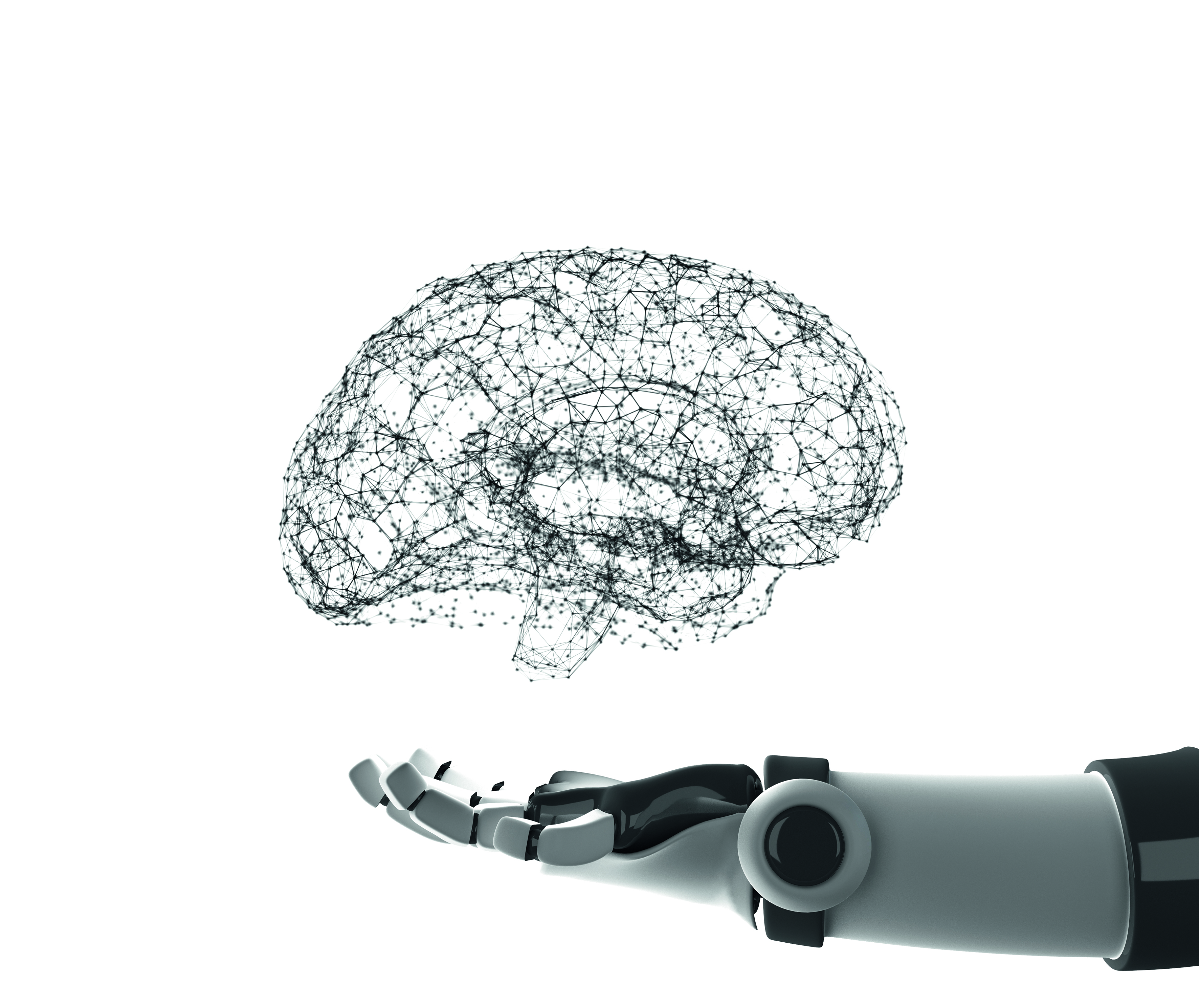Artificial intelligence searches for case-relevant knowledge in mass data
How come so many more people in Region R fall ill with disease K during the summer than they do at other times of the year? What conclusions can be drawn from the courses? How do the people in the region live, how do they eat?
Patient files, research reports, specialist libraries, and official statistics contain a wealth of information about diseases, their causes, late effects, and patients’ living conditions. There is no way for human resources on their own to sift through these scattered, constantly increasing inventories for clues that can help in individual cases.
Using artificial intelligence, systems gather information from available sources that match the clinical picture and process it in a way that doctors can evaluate with further analysis tools, assess and take it into account in therapy. Furthermore, the combination of artificial intelligence and machine-assisted data analysis makes it possible to recommend prevention tailored to each patient’s risk profile as well as to provide a thorough diagnosis and extensive treatment options search.



